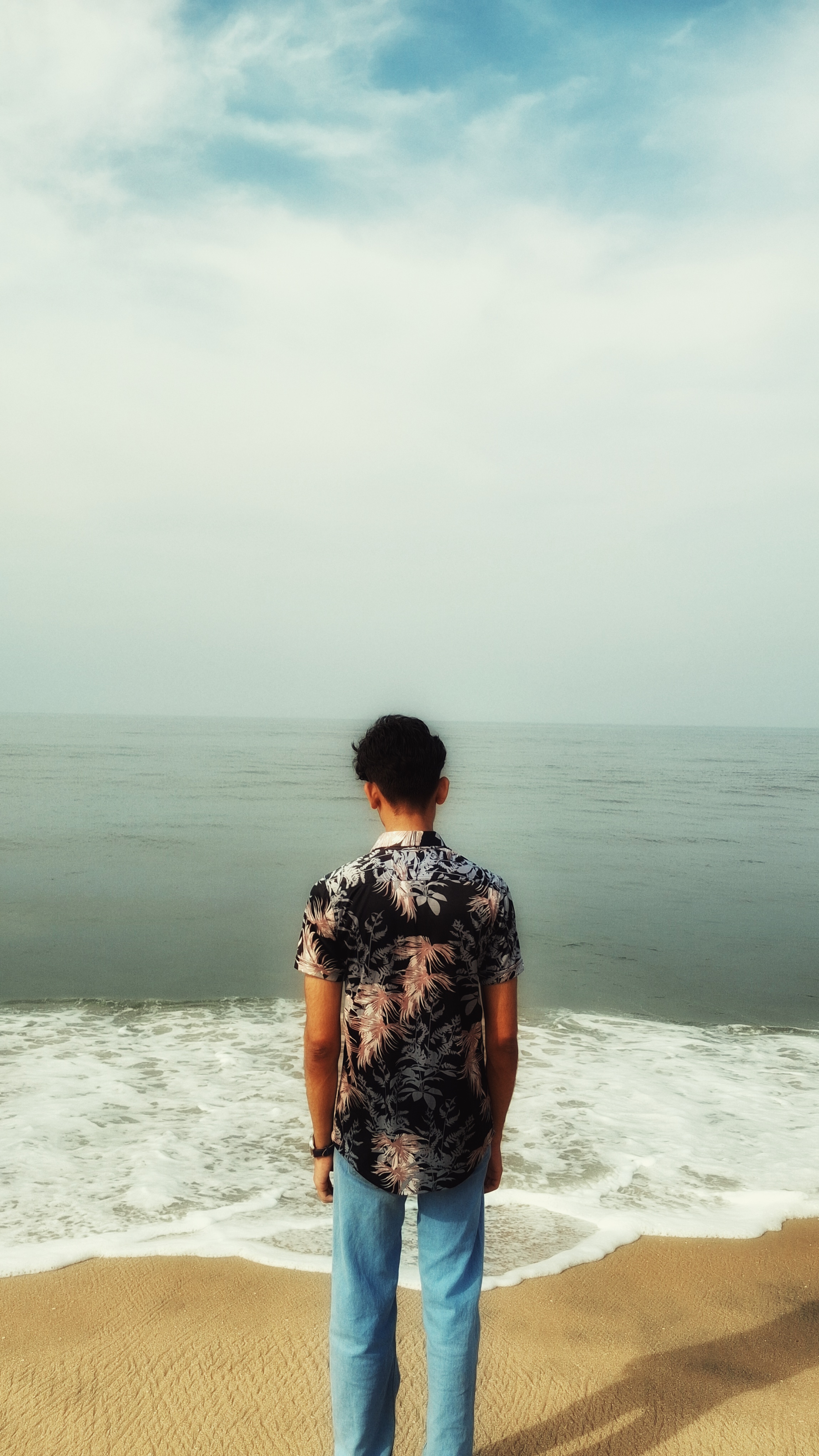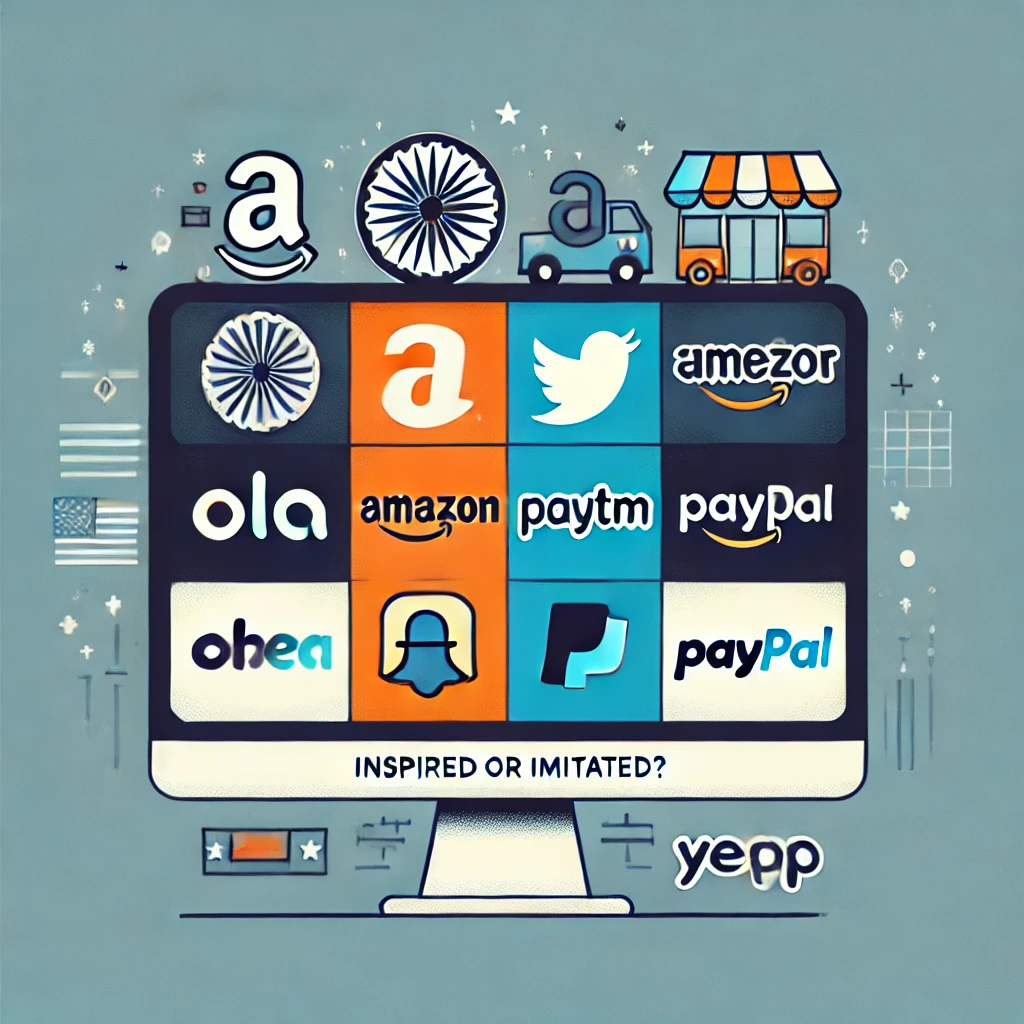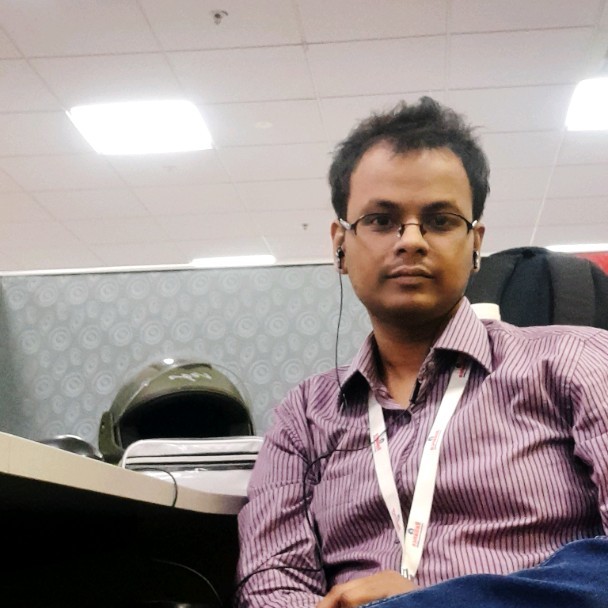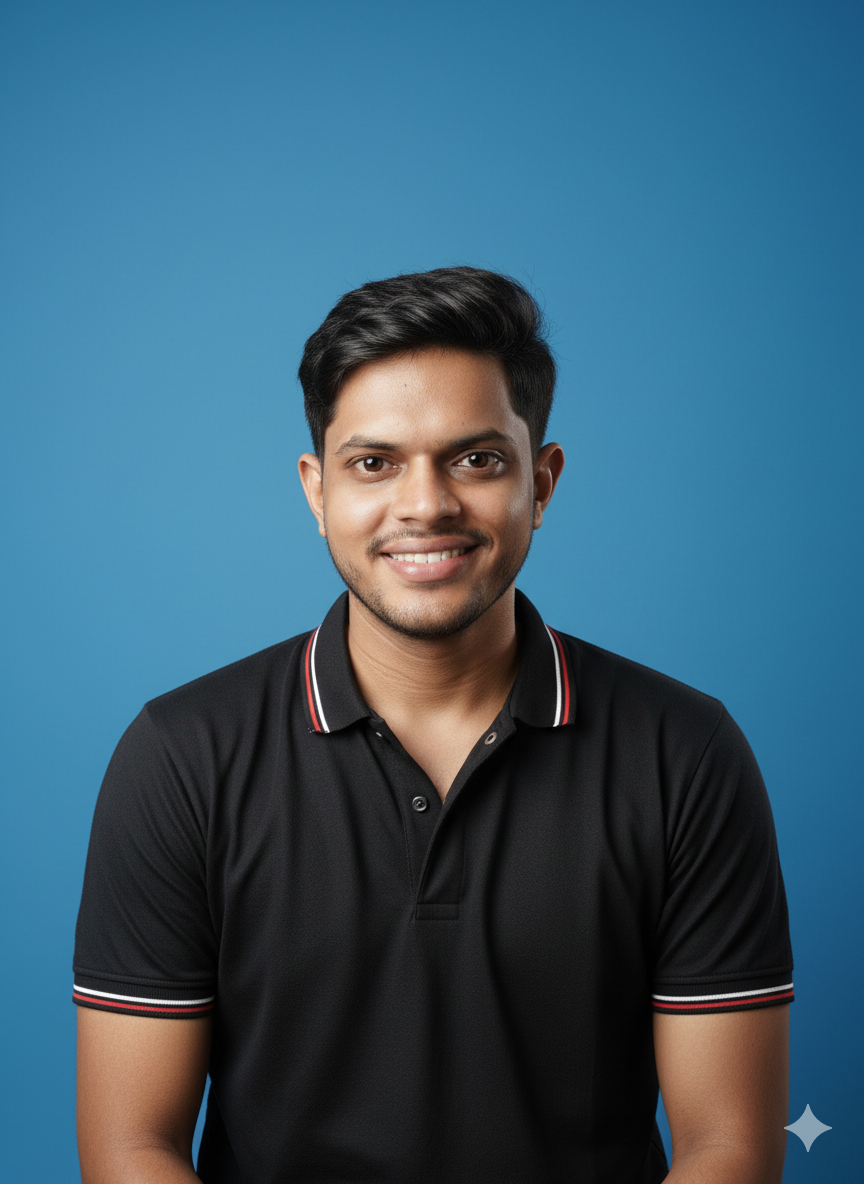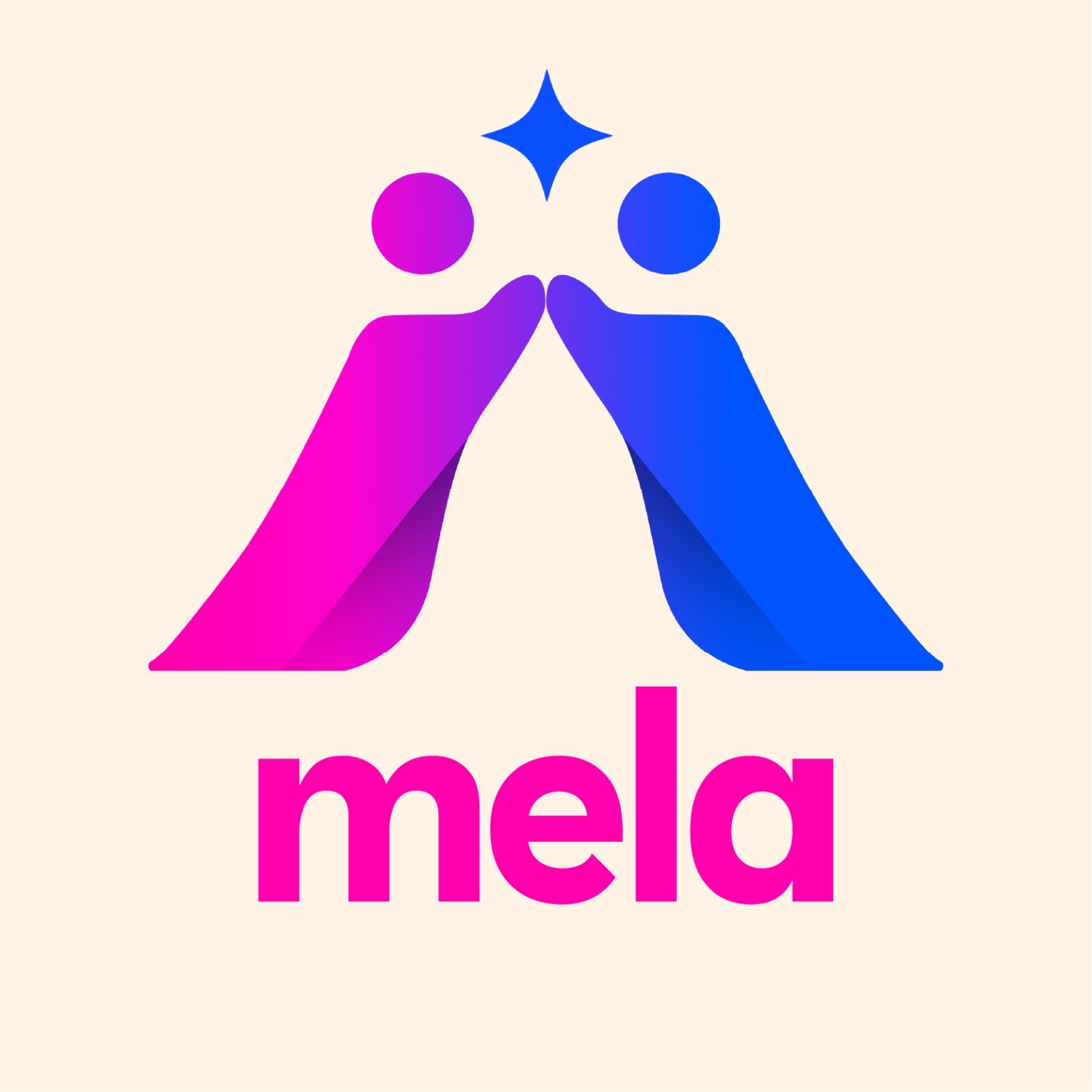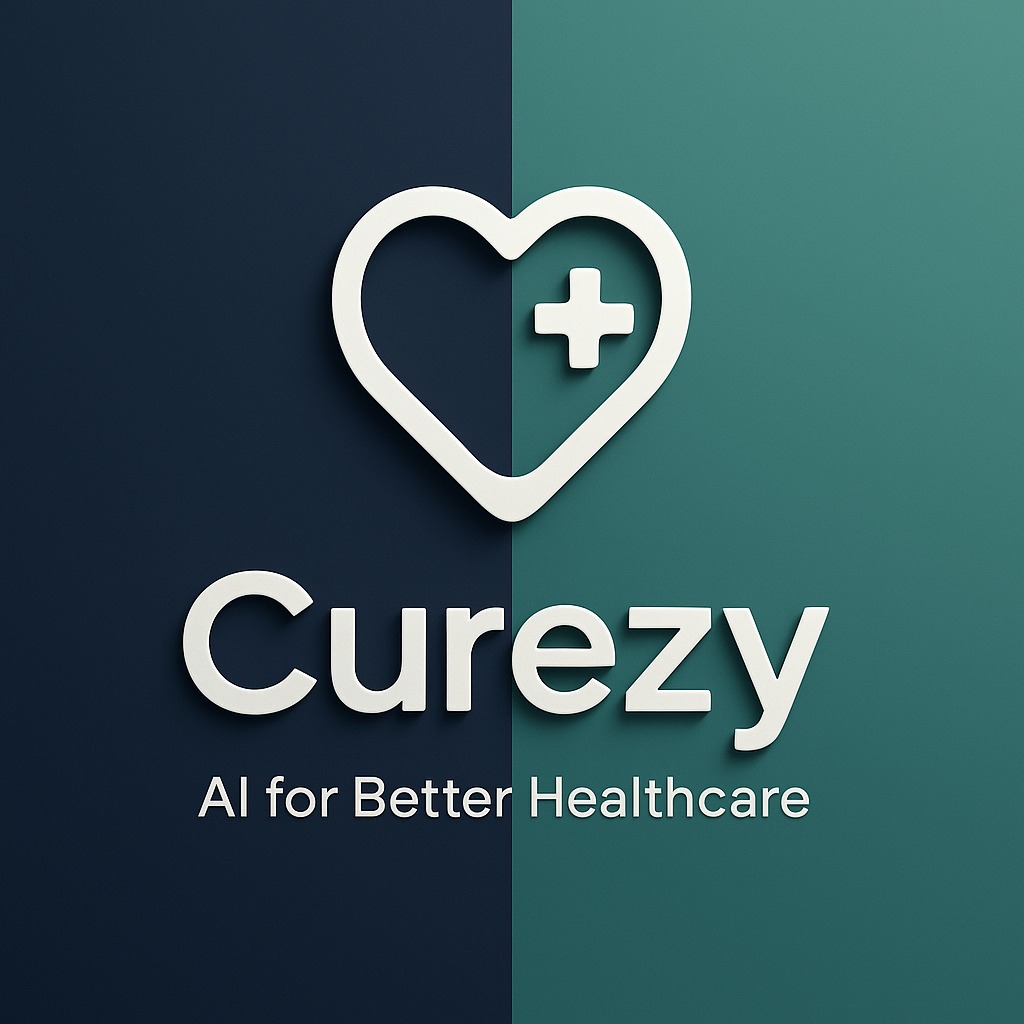Back
Nawal
Entrepreneur | Build... • 6m
Uber had to redesign its entire app from scratch, just to survive in India 🔥 Because even a global giant thought one product could fit every market. When Uber launched in India in 2013, they brought their polished, GPS-heavy, credit-card-first global app. What they didn't bring? Context (something even the best-designed tech can miss) And it backfired. - GPS in Indian cities wasn't reliable - Most users didn't have credit cards - Budget Android phones couldn't handle the app - And nobody wanted to drop a pin, they gave landmarks The product didn't fail because people didn't want to ride. It failed because they couldn't use it. So they did what most global tech giants resist: They listened. In 2018, they launched Uber Lite, a version built ground-up for markets like India. It used landmark-based navigation, worked offline, supported local languages, and dropped flashy design for speed and simplicity. Within a year, it was live in 30+ countries because markets like India showed how behavioral complexity in design works. The lesson: If you're building for emerging markets, you don't start with maps, gestures, or credit cards. You start with people, their habits, their devices and their bandwidth. Because no matter how big you are, if your Ul doesn't match your user's life, you'll be forced back to the drawing board.
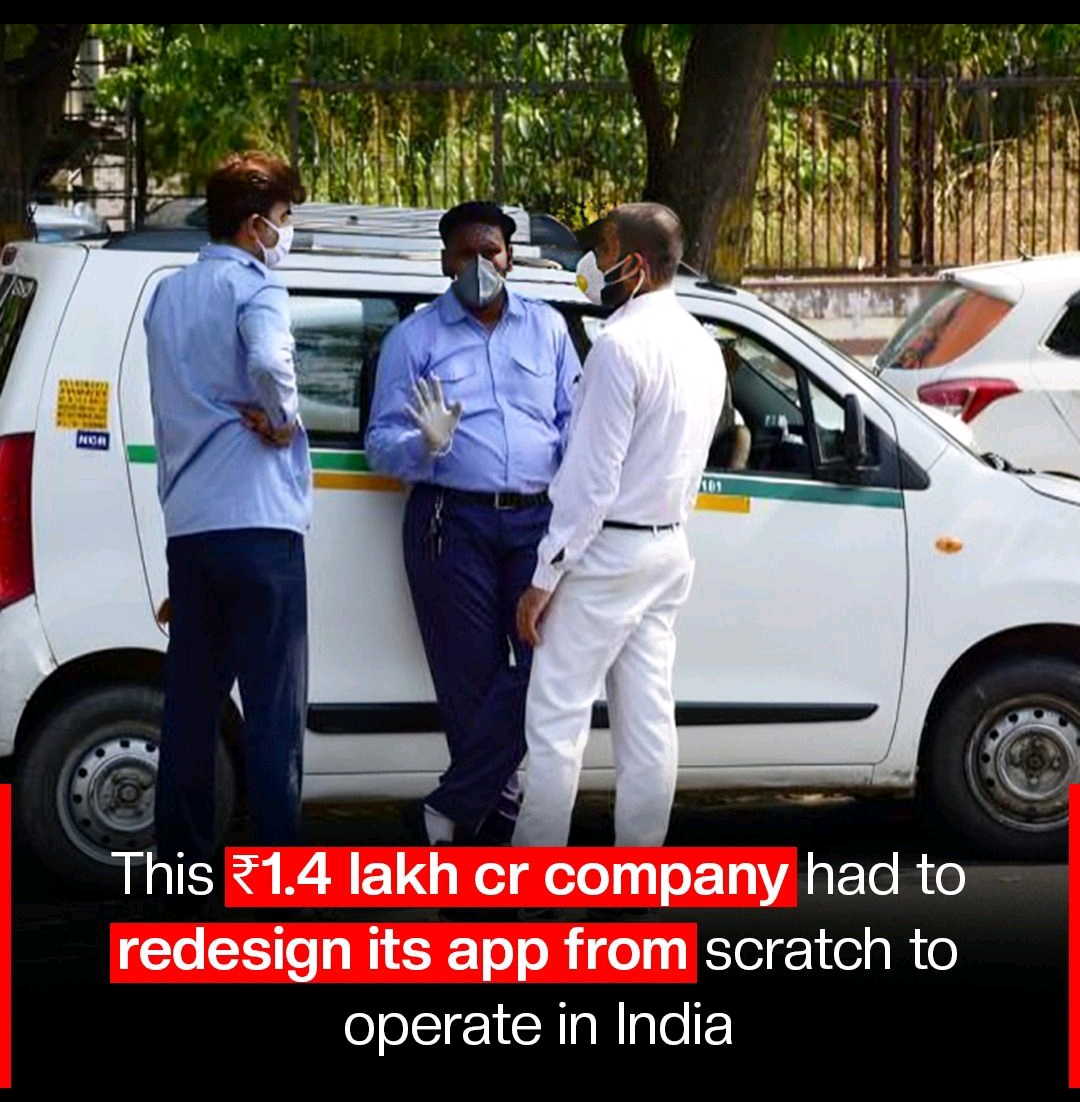
Replies (7)
More like this
Recommendations from Medial
Aarihant Aaryan
Prev- Founder & CEO ... • 1y
Subway failed in India, infact their global revenue is $17Billion and their Indian businesss contributes less than 5% to their global revenue But how did subway fail even after being in the market for 23 years? Subway entered the India market in
See MoreTHE CHETZZ
Stoic : Boundless • 1y
How come @Olacabs @Uber India@inDrive @rapidobikeapp @nammayatrithey don't hold one-day seminars on howto use their services for inexperiencedauto and taxi drivers? As a result, they arecurrently losing between fifty and sixtypercent of their revenue
See MoreDownload the medial app to read full posts, comements and news.



